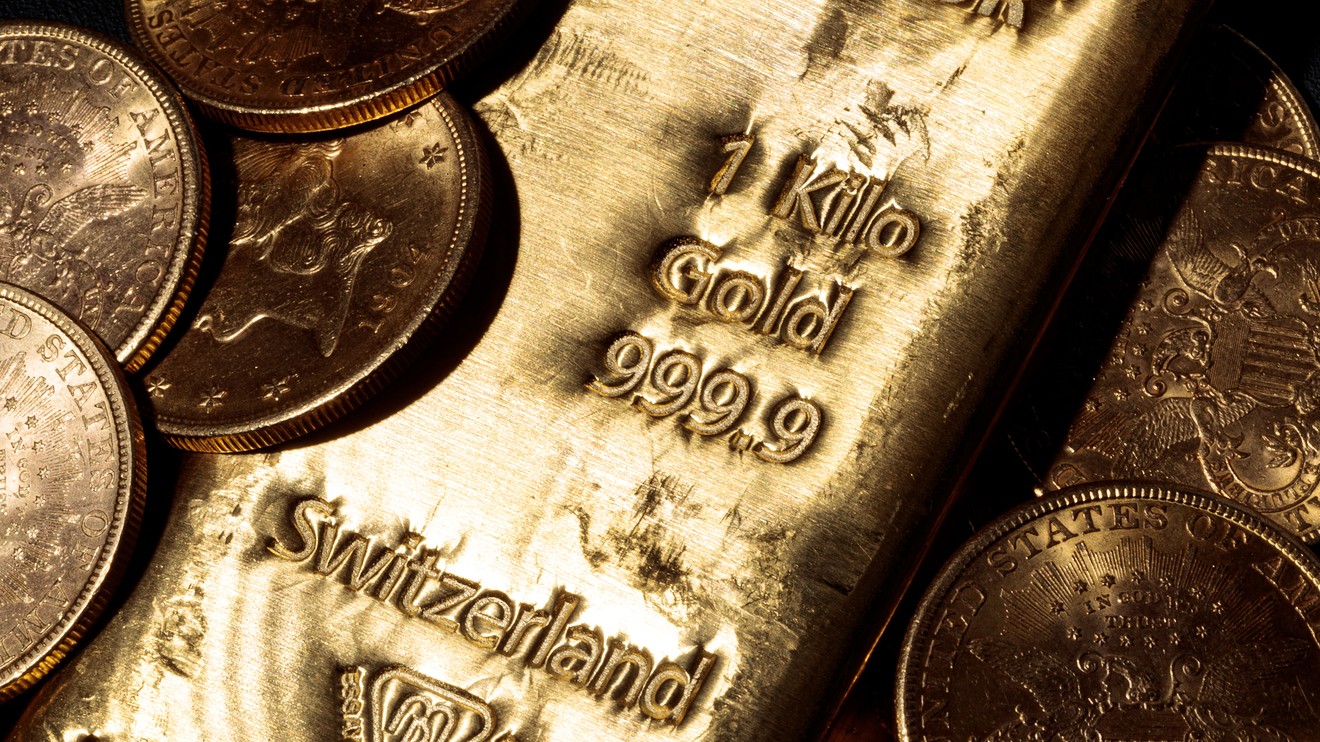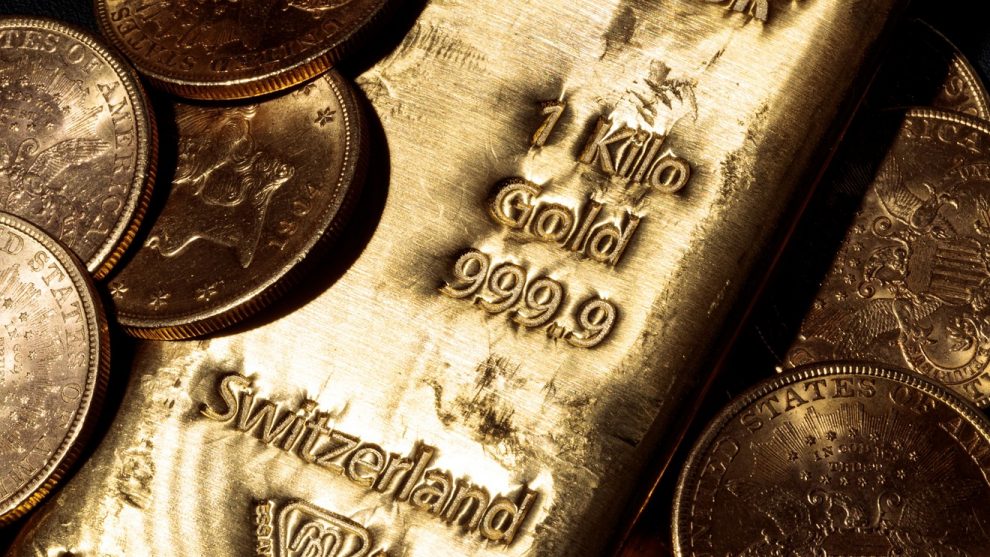
Gold prices surged on Friday, shaking off a losing session as investors, wary of growing economic troubles around the globe, sought exposure to the perceived safe-haven asset.
August gold GCQ20, +1.47% climbed by $28.20, or 1.5%, to $1,970.50 an ounce, after dropping $11.10 to settle at $1,942.30 an ounce on Thursday. Gold settled at a record on Wednesday, marking its ninth-straight advance, which was its longest win streak since a 10-session climb ended in January. December gold GCZ20, +1.39% GC00, +1.47%, which is now the most-active contract, climbed $27.6, or 1.4%, to $1,994.20 an ounce.
September silver SIU20, +3.75% rose 80 cents, or 3.5%, at $24.175 an ounce, following a nearly 4% drop on Thursday. Prices for silver settled on Monday at the highest since 2013.
Those gains came even as U.S. stock futures pointed to a higher start Friday, led by a 0.9% gain for technology-focused Nasdaq-100 futures NQ00, +0.98%. Dow futures were up 0.3% though, showing a less bullish start on tap. Apple AAPL, +1.21% and Amazon.com AMZN, +0.60% posted earnings on Thursday afternoon that blew out analysts’ expectations, while Facebook FB, +0.51% and Google parent Alphabet GOOGL, +0.97% posted solid, if less jaw-dropping, results.
“Clearly investors aren’t feeling completely comfortable…as evidenced by gold’s latest shunt higher. The safe haven commodity is now achingly close to hitting $2000 per ounce for the first time, reflecting the market’s underlying anxiety despite Friday’s surface level green hue,” said Connor Campbell, financial analyst at Spreadex.
Read:Gold has ‘no role’ in portfolio of wealthy clients, says Goldman manager
Even though gold didn’t gain on it, troubling U.S. data released on Thursday showed persistently high worker layoffs and a record-breaking 32.9% drop in gross domestic product in the second quarter. Spain, Italy and France suffered double-digit gross domestic product drops in the teens for the second quarter, data showed on Friday.
Some analysts believe gold prices could be entering a period of consolidation after a historic surge prompted at least in part by the public-health crisis, alongside a recent bout of weakness in the U.S. dollar and the low yields being offered by government debt.
The ICE U.S. Dollar Index DXY, -0.10% fell 0.3% to 92.744, while the yield for the 10-year Treasury note TMUBMUSD10Y, 0.531% is around 0.53%.
— Myra P. Saefong contributed to this article







